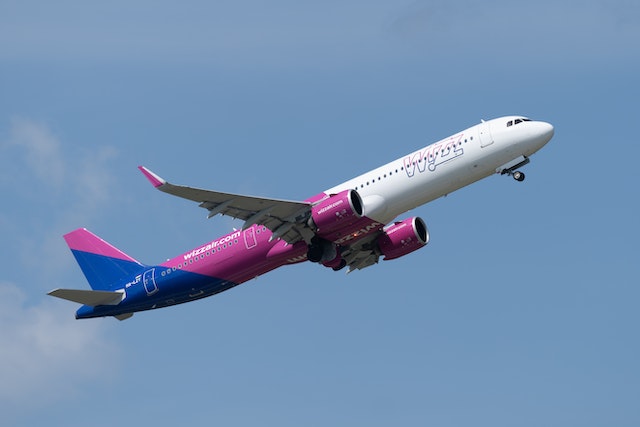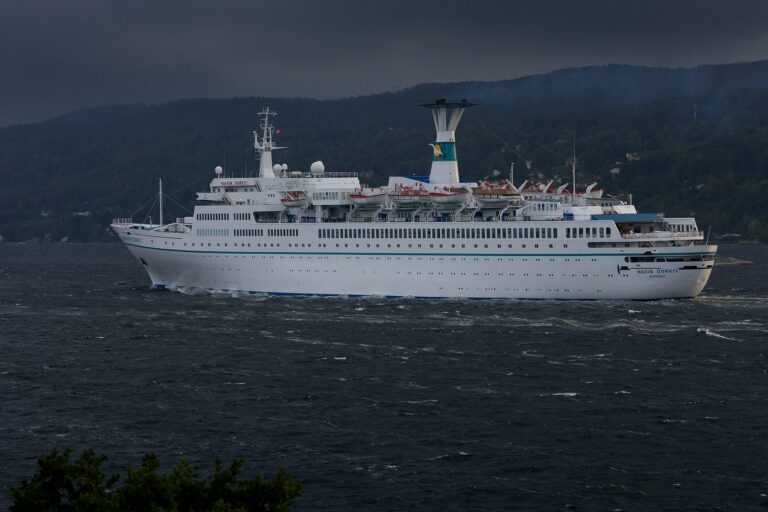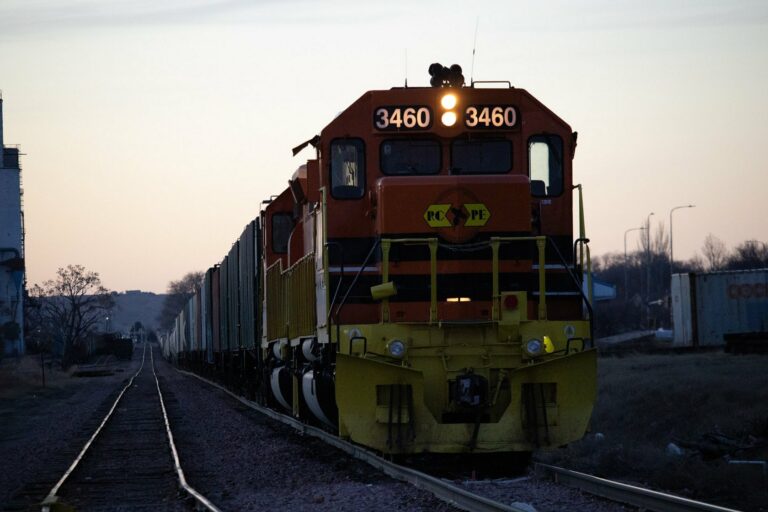Pipelines are an important part of the transportation system and are designed mainly for pumping crude oil and liquid petroleum products, natural gas, liquid chemicals and dry bulk products (cement) turned into an aqueous suspension. This type of transport is unique: It operates around the clock, seven days a week, with only breaks for product changes and maintenance.
Pipelines have the highest proportion of fixed costs and the lowest variable costs. The level of fixed costs is high because the cost of laying pipelines, maintaining the right-of-way, building pumping stations, and establishing a pipeline management system are very high. But the fact that pipelines can operate with little or no human involvement determines the low level of variable costs.
The clear disadvantages of pipelines are their lack of flexibility and their limited use to transporting only liquids, gases, and soluble substances or suspensions.
Speed is determined by the time it takes to travel a certain distance. The fastest of all is air transport. Accessibility is the ability of transportation to provide a connection between any two geographic locations. Road transport has the greatest accessibility, as trucks can pick up cargo directly at the point of origin and deliver it directly to the destination. The reliability indicator reflects potential deviations from the expected or established delivery schedule. Since pipelines operate around the clock and are not afraid of weather or overloading, they are the most reliable mode of transportation. Carrying capacity describes the ability to carry loads of any weight or volume. By this criterion, the highest rating belongs to water transport. Frequency is the number of shipments (transportations) in a traffic schedule. Since pipelines operate in a continuous mode, they take the first place here as well.






